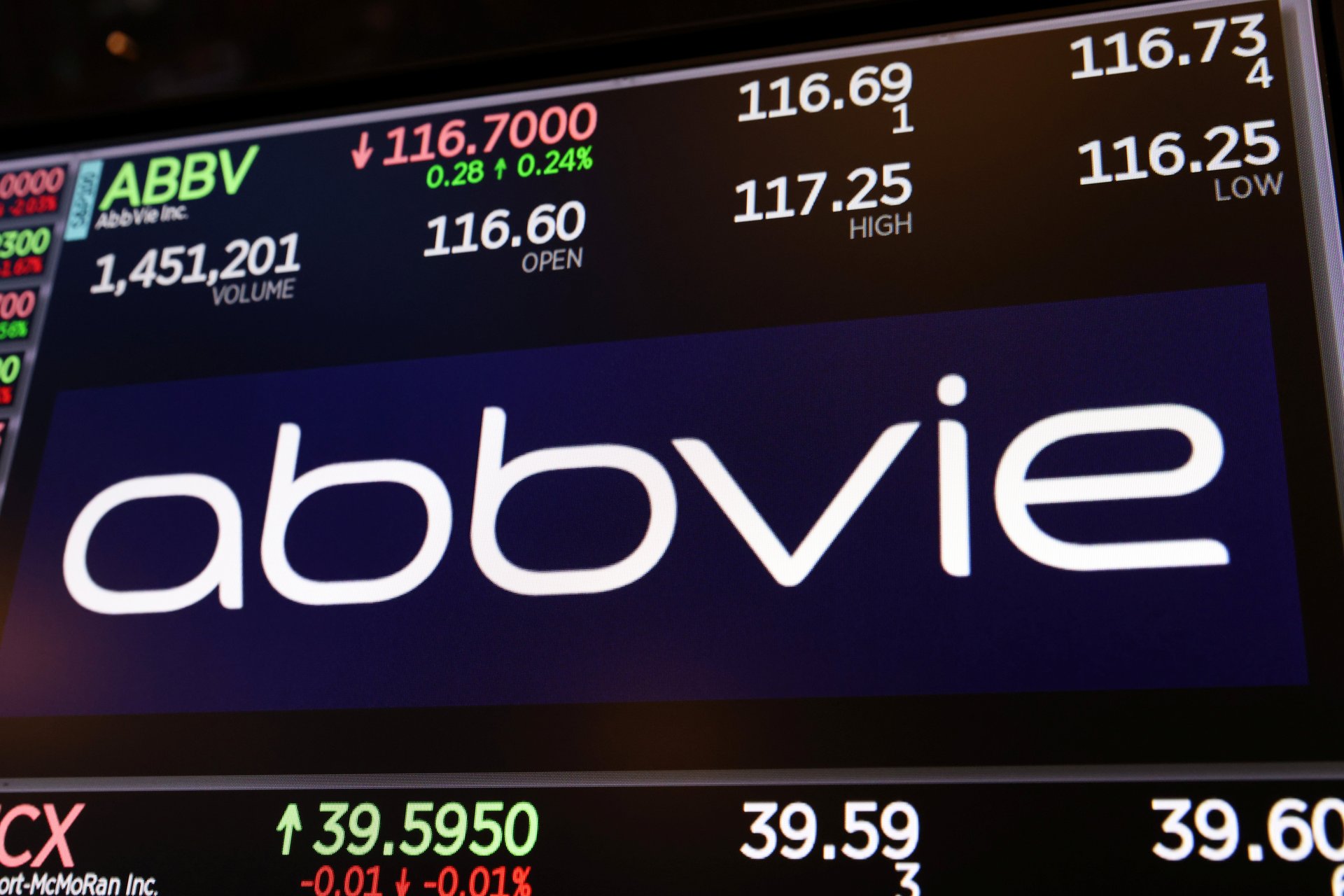Guess how much big pharma paid in US taxes on $110 billion of profit in 2022
Pfizer, Merck, J&J, Gilead, Eli Lilly, Amgen BMS, and AbbVie paid a combined $2 billion in taxes

Contrary to the myth, Americans pay quite a lot of taxes. In 2022, for instance, employees paid an average tax rate of 24.8%, or 0.2% more than in comparable countries. US federal taxes on individual income can be as high as 37%.
Suggested Reading
The same isn’t true for corporations, however. They all pay a flat federal tax rate of 21%, regardless of their profit—a change introduced in 2017 as part of former US president Donald Trump’s corporate tax cuts. Previously they had brackets, too, up to 35%.
Related Content
Yet companies often get away with paying much less. For example, eight big pharma players—AbbVie, Amgen, Bristol Myers Squibb, Eli Lilly, Gilead, Johnson & Johnson, Merck, and Pfizer—paid just above 2% in US taxes on a combined $110 billion in profits for 2022.
Incentives to offshore production and profit
In a hearing before the US Senate’s Committee on Finance on May 11, Brad Setser, a fellow at the Council on Foreign Relations, broke down the income and tax payments (pdf) of the eight big pharma companies, showing how the combination of Trump’s tax cuts and incentives to offshore profits have deprived America’s coffers of billions.
The 2017 reform also introduced a tax on global profits at half the federal rate, or 10.5%, to capture some of the foreign profits in low-tax countries. Tangible assets located abroad—for instance, machinery subject to depreciation—were exempted from that taxation, though. That encouraged corporations to produce outside the US, declaring profits where they’re taxed much less.
As Setser’s analysis shows (pdf, p. 4), declared profits in countries with low tax rates (like Ireland, Luxembourg, and Singapore) far exceed those in major economies (such as Germany and France) with higher tax rates.
And profits declared internationally are much higher than their domestic counterparts. In 2022—an especially profitable year for pharma—the eight biggest US pharmaceuticals companies reported profits of $10 billion domestically on revenue of $214 billion and paid taxes only on that portion. Outside the US, they reported $90 billion in profits on revenue of $171 billion, paying $11 billion in taxes abroad.
Pfizer paid negative US taxes on $42.5 billion in domestic revenue
The tax system is designed in a way that makes it easy to exploit, and pharmaceuticals companies don’t miss their chances. In 2022, for instance, Setser noted in his testimony, AbbVie declared losses of nearly $5 billion in the US—and $20 billion in profits internationally. The company has reported losses in the US every year since 2013, despite the fact that it makes most of its profits there, thanks to its blockbuster arthritis drug Humira.
While not so egregious in its offshoring, Pfizer declared making only $5 billion of its $35 billion profit in the US last year, on total domestic sales of $42.5 billion. The company reported US operating losses of $2.9 billion in 2020, $4 billion in 2018, and $6.9 billion 2017—all despite getting most of its revenue domestically. For 2022, Pfizer ended up receiving half a billion dollars in US tax credits, as it did in 2021, and paid $4.2 billion in foreign tax.
Of the eight companies analyzed, Gilead was the only one to declare most of its profits domestically ($4 billion out of a $5 billion total). It paid $1.5 billion in US taxes last year—more than Pfizer and AbbVie combined.
